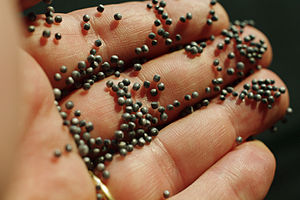If you are selecting building insulation based solely on R-value, beware: you may not be getting the R-value printed on the package. Consider this: not only is how well the installation is installed a factor, but the temperature can affect it’s performance as well. The Federal Trade Commission (FTC) devised the R-value calculation as a means to protect buyers.
Insulation is tested using one of 4 methods, the main requirement being that the mean temp must be at 75 degrees with a temperature difference of 50 degrees. This is done with a temperature of 50 degrees on the cold side and 100 degrees on the hot side. This is considered unrealistic. Who has a dwelling where the temp is 50 degrees? Air conditioners can’t get a house that cold! Who gets a little chilly and turns their thermostat to 100 degrees? Some insulation R-values actually improves as outdoor temps drop. Examples of this include Fiberglass, Expanded Polystyrene (EPS), found in coffee cups and beer coolers; or Extruded Polystyrene (XPS), the blue or pink insulation found on exterior walls.
One type of insulation that actually get WORSE is Polyisocyanurate (affectionately known as Polyiso). The Building Science Corporation recently published data that Polyiso can lose up to 25% due to gas condensing in the foam. There are some steps that you can take to mitigate R-value dimunition: 1) Use more Proviso; 2) Cover it with a another type of insulation; 3) Don’t insulate the cavities. Considering temperature when making an insulation decision will definitely save energy and lower costs.

Speak Your Mind